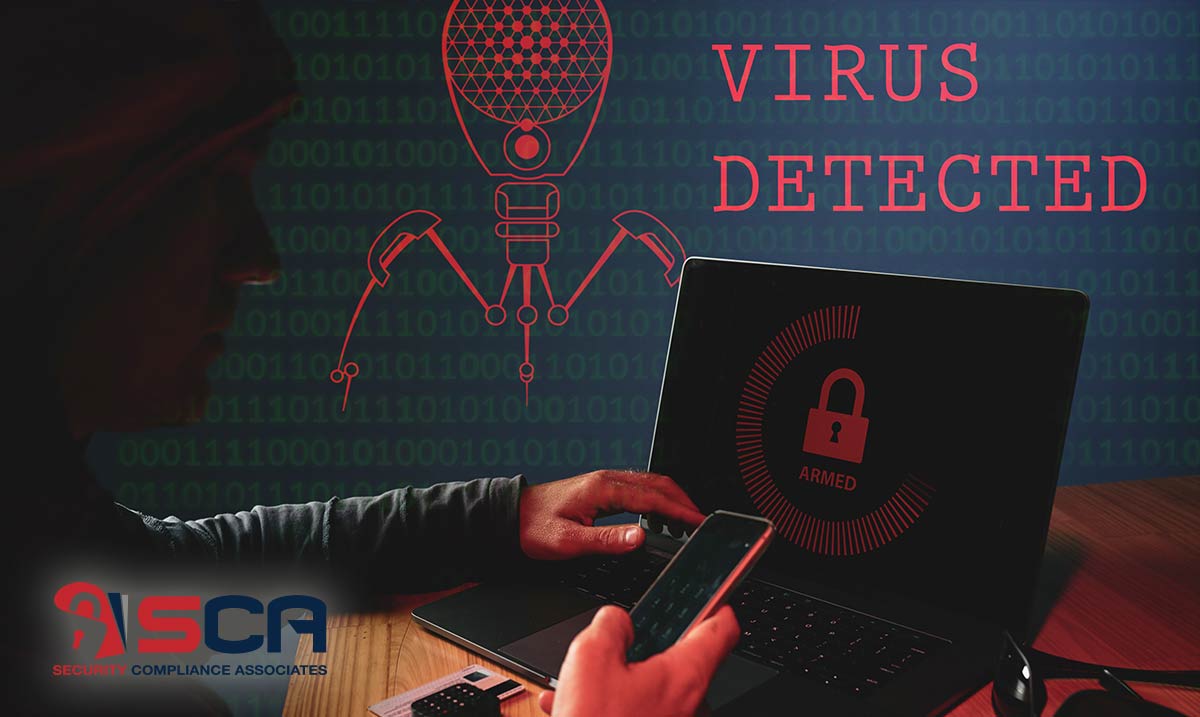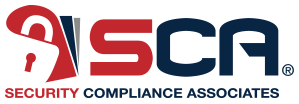
Network Security Threats to Your Remote Workforce
What are some network security threats your remote employees may encounter?
In today’s fast-paced times, more and more companies have opened their doors and stepped outside the confines of their offices, literally and figuratively. The rise in the remote workforce is no secret and its benefits are clear. Studies have shown that employees who work from home are more productive and happier compared to their office-based counterparts. As for business owners and employers, having a remote workforce will equate to more savings in terms of office space and electricity consumption.
Despite the numerous benefits of going remote, this work model opens up your business to more cybersecurity threats. Savvy cybercriminals view remote workers as “easy pickings” especially because they operate outside the boundaries of on-site IT security. With that in mind, let’s take a closer at the top 4 network security threats remote workers face every day and how to mitigate and prevent them from causing damage to the worker’s property, network, and business.
Command and Control via Phishing
Phishing scams are the top cause of data breaches. When schedules are hectic and remote workers are shuffling between personal and business tasks, they may speed things up without analyzing what is in front of them. In some cases, emails will come in succession and there is a risk of opening them without identifying whether the source of the email is legitimate. As they unknowingly click on the malicious links, a connection is created to the attacker’s command and control server. At that point, they begin to find and steal your sensitive data.
Lack of Control Over User Device
One of the most common network security threats surrounding remote work is the use of personal devices to access and transfer private company information. About 67% of workers admitted to transferring files between personal and work computers. This practice creates an unsafe migration of data, especially if the employee loses a device with sensitive information on it or leaves your company with confidential information stored on their device. What’s more, it becomes more difficult for cybersecurity and IT teams to catch an employee using a personal device because of a lack of corporate security controls that might help catch data exfiltration. If you allow employees to take their company-issued devices home, they might be tempted to share it with family members or close friends, which could put your office data at risk.
Connecting to Unsafe Wi-Fi Networks
Your employees could be accessing their corporate accounts using unsecured public Wi-Fi or their home wireless network. As opposed to the office environment, where the security of all Wi-Fi networks can be controlled, the worker’s home networks or public Wi-Fi may have weaker protocols. They might also choose to send a file via email or instant messaging instead of using your secured shared drive. These situations put your network and information security at risk. Hackers can gain easy access to the network’s traffic, harvest confidential information, and install malicious software on company devices.
Fake Login Screens
This involves fake Office 365 login screens used by attackers to harvest credentials and authentication tokens, which they will use to impersonate that user and login from their computers. To make matters worse, your remote employees might be using insecure Wi-Fi routers that can be easily hacked. If you’re not using multi-factor authentication, they can go straight to search for sensitive data to steal, use malware to launch an attack or try to spread malware to other users.
Smart Tips for Protecting Your Remote Workforce from Network Security Threats
For business owners and remote workers, there are several measures that can be put in place to protect against cybersecurity threats.
Protect the Endpoints
It’s important to ensure the security of the hardware devices, operating systems, and software applications used by remote workers. Savvy cybercriminals can take advantage of the time it takes to discover a vulnerability and a subsequent patch. They can move laterally through a network and steal data without being detected. To protect your data, ensure all systems and software are current and continually updated. Tools such as firewalls, antivirus, virtual private networks (VPNs), and malware scanners can also help maintain security.
Establish a Secure Environment with Better Remote Access Policies
To protect your company from network security threats, you’ll need to draft or update remote access policies. Evaluate the security risks your company faces and implement strict security protocols that should be followed by everyone. For instance, you can ban the use of unsecured wireless connections, implement two-factor authentication, set up and require mandatory use of a VPN, and use geolocation to restrict places a remote worker can access on company networks.
Invest in Ongoing Remote Worker Training
Remote workers remain largely unaware of the security of their actions and how they could compromise their company’s networks. These workers operate within some highly challenging environments and many more engage in risky behaviors. As such, you must establish training and education programs that will help them understand best practices for threat and vulnerability. These sessions should place emphasis on the specific challenges that come with telecommuting. Show employees how to spot common phishing attacks and ensure that they understand the basics of good IT protection. If they have compromised company data, urge them to report the incident immediately to stop the situation from escalating.
Contact SCA to Learn More About Network Security Threats and Threat Prevention
Security Compliance Associates are here to help. Our cybersecurity experts can help you investigate any potholes that attackers might use and can even help you recover from an attack. We can help you incorporate multiple layers of protection to enhance your cybersecurity defenses and comply with regulatory requirements. Contact us today at 727-571-1141 for a free consultation.

